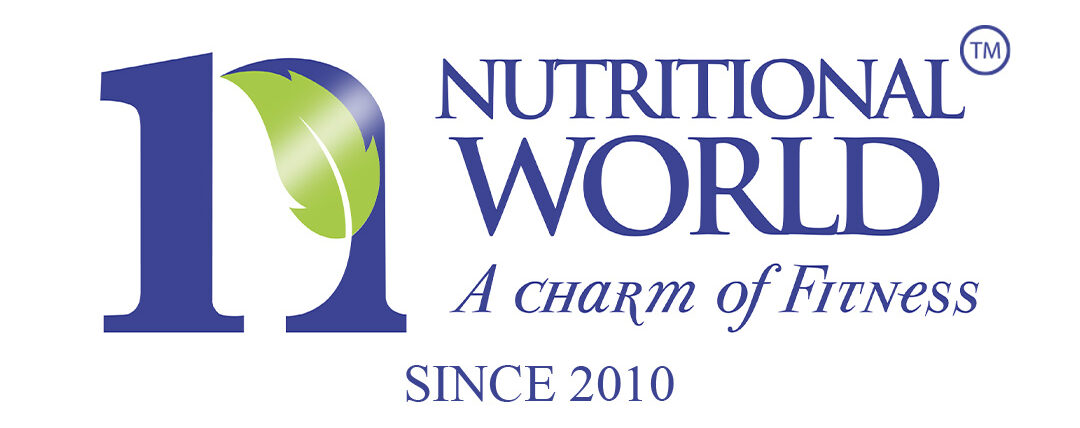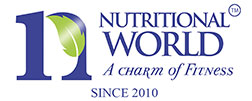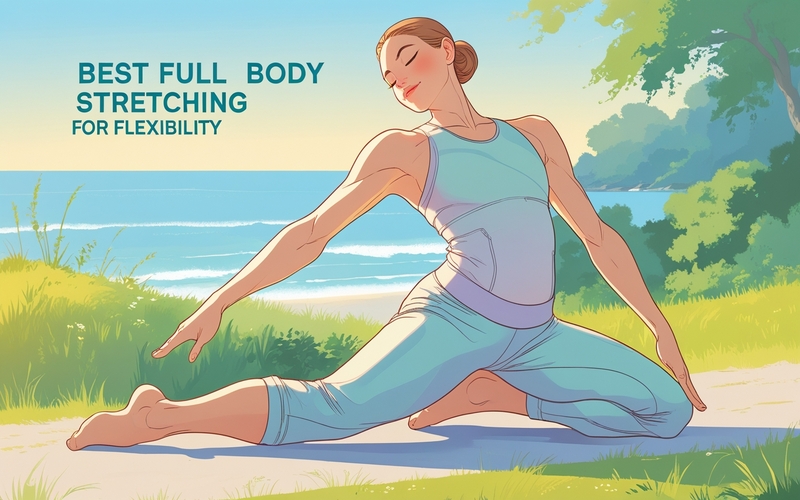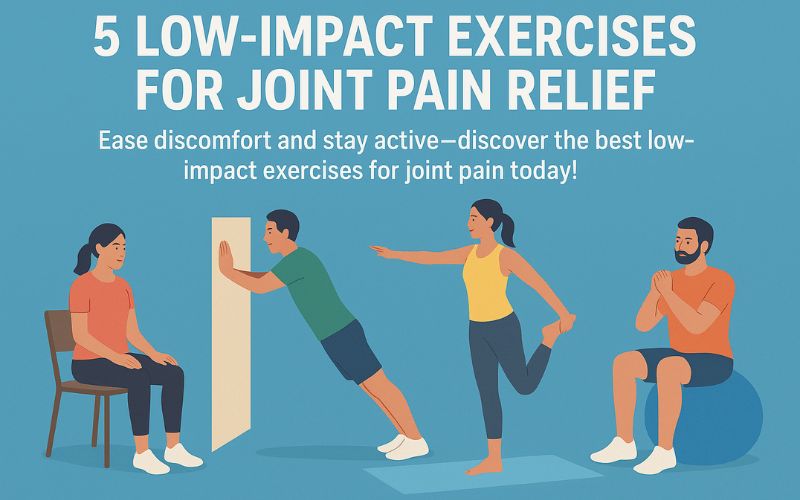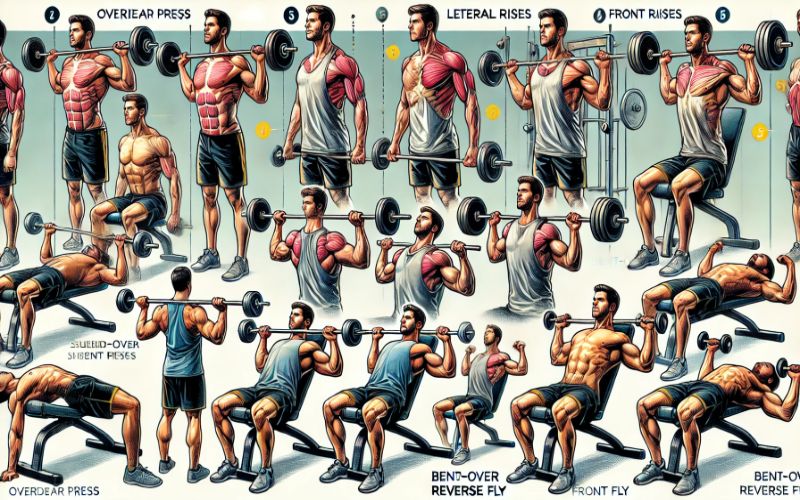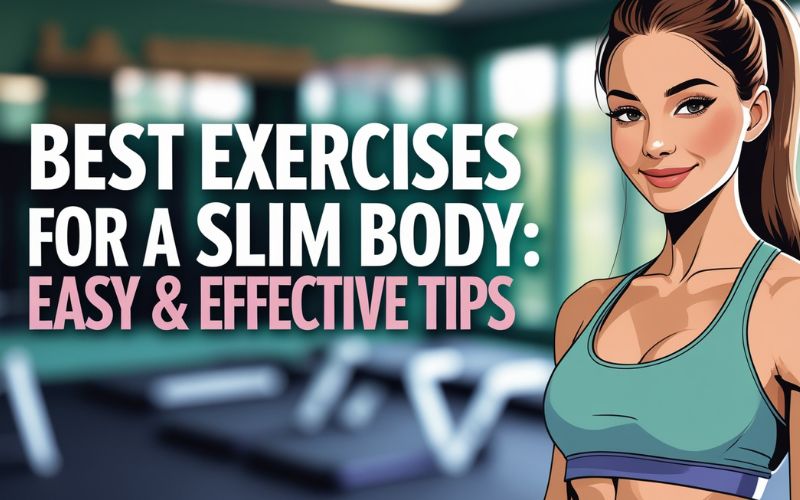Table of Contents
Introduction
Stretching is often overlooked, yet it plays a pivotal role in overall fitness. A well-stretched body is more agile, less prone to injury, and capable of performing at peak efficiency. Whether you’re an athlete, a desk worker, or simply someone looking to improve mobility, full body stretching can enhance posture, relieve muscular tightness, and promote relaxation.
Daily activities, whether sitting for long hours or engaging in strenuous exercise, create muscle imbalances and stiffness. Stretching counteracts this by improving circulation, increasing range of motion, and reducing the risk of chronic pain. Making stretching a consistent part of your routine can transform how your body feels and moves.
Best Full Body Stretching Exercises
This simple yet powerful stretch targets the hamstrings, lower back, and calves. Stand with feet hip-width apart, hinge at the hips, and let your upper body fold forward. Keep a slight bend in the knees if necessary to avoid strain. Hold for 30 seconds while breathing deeply to deepen the stretch.
Cat-Cow Stretch: Enhancing Spine Flexibility
A classic yoga stretch, the Cat-Cow stretch mobilizes the spine and relieves back tension.
- Start on all fours, arching your back as you inhale (Cow Pose), then rounding your spine as you exhale (Cat Pose).
- This fluid movement improves spinal mobility and posture while reducing stiffness.
Downward Dog: Total Body Activation
- One of the most effective full-body stretches, Downward Dog lengthens the spine, hamstrings, calves, and shoulders.
- Begin in a plank position, then lift your hips toward the ceiling, creating an inverted “V” shape. Press your heels toward the floor for a deeper stretch and hold for 30 seconds.
Seated Forward Fold: Deep Hamstring and Lower Back Release
Sit with legs extended straight, then slowly fold forward, reaching for your toes. Keep the spine elongated rather than rounding the back. This stretch deeply targets the hamstrings and lower back, making it excellent for relieving tension from prolonged sitting.
Chest Opener Stretch: Expanding the Upper Body
To combat tightness in the chest and shoulders, clasp your hands behind your back and gently lift them while opening your chest. This stretch is perfect for those who spend hours hunched over desks or screens, as it counteracts poor posture and improves breathing capacity.
Butterfly Stretch: Improving Hip Mobility
Sit with the soles of your feet together and let your knees drop toward the ground. Hold your feet and gently press your knees down while keeping your back straight. This stretch enhances hip flexibility and releases tension in the groin area.
Creating an Effective Full Body Stretching Routine
Stretching before exercise should focus on dynamic movements that warm up the muscles, while post-workout stretching should involve deeper, static holds to aid in recovery. Both are essential for optimal flexibility and injury prevention.
How Long to Hold Each Stretch
For effective results, each stretch should be held for 20-30 seconds. For deeper flexibility gains, stretching up to 60 seconds can be beneficial. Gradually increasing hold times over weeks improves flexibility.
Breathing Techniques for Enhanced Flexibility
Breathing plays a crucial role in stretching. Inhale deeply through the nose before the stretch, then exhale slowly as you deepen into it. Controlled breathing enhances relaxation, allowing muscles to release tension more effectively.
The Role of Dynamic vs. Static Stretching
Dynamic stretching involves controlled movements like leg swings and arm circles, preparing the body for activity. Static stretching, where stretches are held for longer durations, is best performed post-workout to improve muscle length and recovery.
Common Stretching Mistakes to Avoid
Stretching should never be painful. Going beyond your body’s natural limits can lead to strains or ligament damage. Stretch within a comfortable range and progress gradually over time.
Ignoring Small Muscle Groups
People often focus on major muscle groups while neglecting smaller ones like the neck, wrists, and ankles. A comprehensive stretching routine should address all areas of the body to maintain full mobility.
Rushing Through Movements Without Proper Form
Holding a stretch for just a few seconds won’t yield significant results. Proper form and patience are key—relax into each stretch and avoid bouncing, which can cause micro-tears in the muscles.
Supplements to Support Flexibility and Recovery
Collagen is essential for maintaining joint integrity and tendon elasticity. Supplementing with hydrolyzed collagen can improve mobility, reduce stiffness, and support connective tissues.
Magnesium for Muscle Relaxation
Magnesium plays a crucial role in muscle relaxation and nerve function. A deficiency can lead to cramps and tightness, so supplementing with magnesium glycinate or citrate aids in recovery and flexibility.
Omega-3 Fatty Acids for Inflammation Reduction
Inflammation from intense exercise can lead to stiffness and restricted movement. Omega-3 fatty acids, found in fish oil, reduce inflammation and support overall joint health.
Electrolytes for Hydration and Mobility
Dehydrated muscles are more prone to stiffness and injury. Electrolytes like potassium, sodium, and calcium ensure proper muscle function and hydration, making them essential for flexibility and recovery.
Final Thoughts
A well-structured full body stretching routine enhances flexibility, reduces stiffness, and prevents injury. Whether incorporated before a workout, after exercise, or as a daily practice, stretching offers countless benefits for overall mobility. Combine effective stretches with proper breathing, patience, and supportive supplements to unlock your body’s full movement potential.
